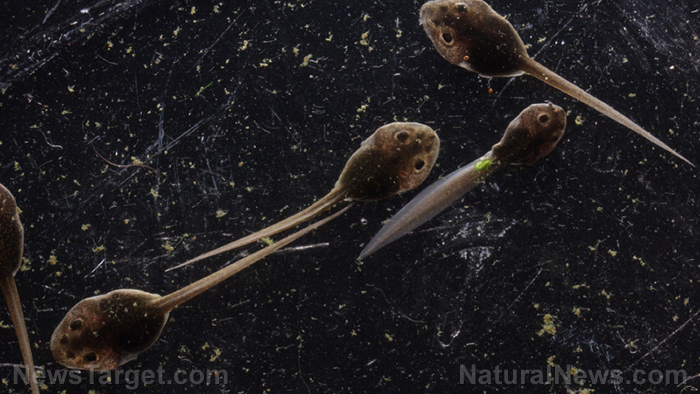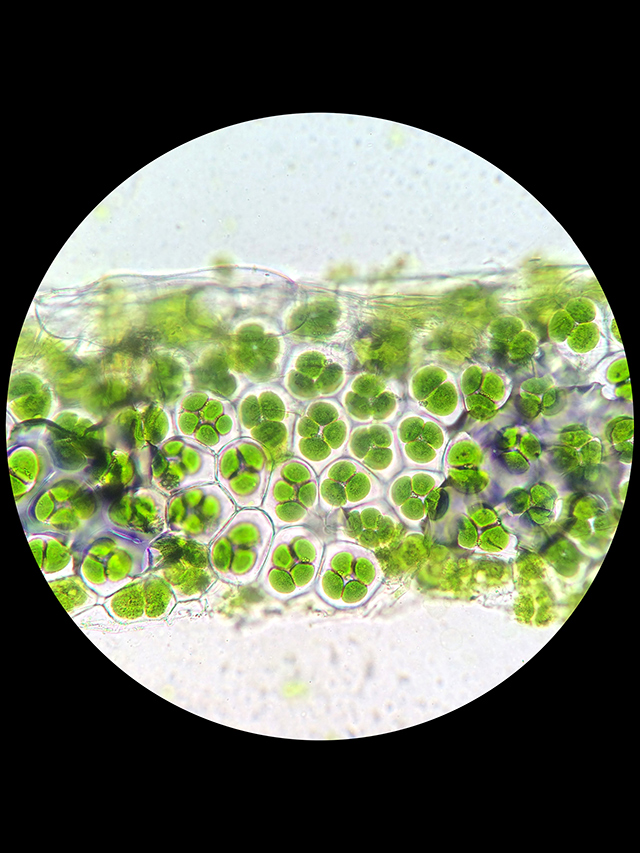Wouldn’t it be neat to regrow a lost limb without any trace of scar or trauma? Researchers have successfully observed how the skin cells of some fish and amphibians are capable of advanced tissue regeneration without scarring, retaining its perfect original form. The findings, published in the journal The Company of Biologists, hint at this mechanism’s potential application in human regeneration research.
Fish and amphibians are known for their advanced tissue repair which make them capable of regrowing certain organs, such as their limbs, to their original state. Not much had been known about this kind of ability, nor the source of cells supplied in the regeneration process.
The research team, led by Atsushi Kawakami, Associate Professor at the Tokyo Institute of Technology, investigated this biological mechanism using zebrafish fins as their study model.
The researchers labeled the cells of the regenerative tissue with fluorescence using Cre-loxP site-specific recombination, a genetic cell-tracking technique. After tracking the cells’ activity for weeks, the team determined that epithelial cells near an injury site follow heterogeneous cell fates.
The first group of epithelial cells that were recruited to the injury site covered the wound then disappeared within a few days by apoptosis (cell death). The next batch of cells that were later recruited became the cells that formed the regenerated skin. However, many of these regenerated skin cells are moved toward the end of the fin, then disappeared as well within one to two weeks.
In observing the source of the regenerating skin cells, the researchers found that numerous new epithelial cells are supplied in the regeneration process by a large area of skin which contains stem cells, and become active in cell proliferation.
The researchers also found that the existing stem cells in the basal layer and the cells in the surface layer regenerate the skin, without undergoing any special processes, retaining their own characteristics.
The researchers conclude that regeneration of skin without tissue scarring would become possible by controlling the autonomous proliferation of stem cells in the basal layer in other vertebrates, including humans. The process of skin regeneration, as observed in this study, may potentially be applied to human tissue repair.
Master of regeneration
While there are several species that can regrow amputated limbs, one amphibian has taken its regeneration ability to the next level. The axolotl (Ambystoma mexicanum) is an aquatic salamander that has proven its regenerative abilities to be superior to other animals; not only can it regrow limbs without signs of trauma, but it can regenerate almost any part of its body, from the testes to the spinal cord and brain, and even a part of the heart ventricle.
One study found that macrophage cells, which are essential components of immune system response to injury, are crucial parts of the regenerative abilities of these amphibians, and that wiping out these cells led to tissue scarring.
Macrophages engulf and digest pathogens and other foreign particles in the injury site, and generate both inflammatory and anti-inflammatory signals for healing.
“We can look to salamanders as a template of what perfect regeneration looks like,” lead study author James Godwin stated, as reported in an article by Live Science. “We need to know exactly what salamanders do and how they do it well, so we can reverse-engineer that into human therapies,” added Goodwin, of the Australian Regenerative Medicine Institute (ARMI) at Monash University in Melbourne, Australia.
The researchers believed that studying the regeneration process of these animals could offer insight into treating spinal cord and brain injuries in humans, and might also lead to new treatments for heart and liver diseases or recovery from surgery, by preventing harmful scarring.
“Comparative to humans, where a tiny, little blockage in our heart vessel will lead to extreme damage and eventually death, these guys are pretty amazing,” said Godwin.
Check out Ecology.news to learn more about other interesting biological feats.
Sources include:
ScienceDaily.com
Dev.Biologists.org
BusinessInsider.com
LiveScience.com




















